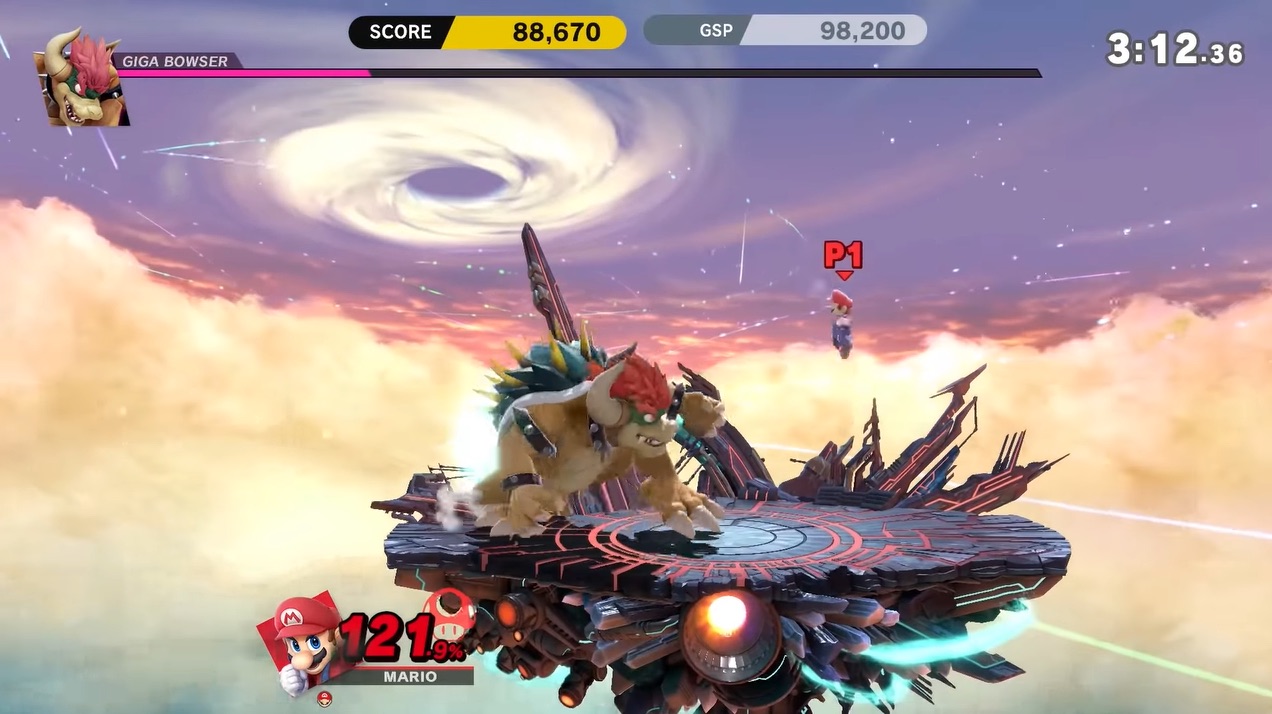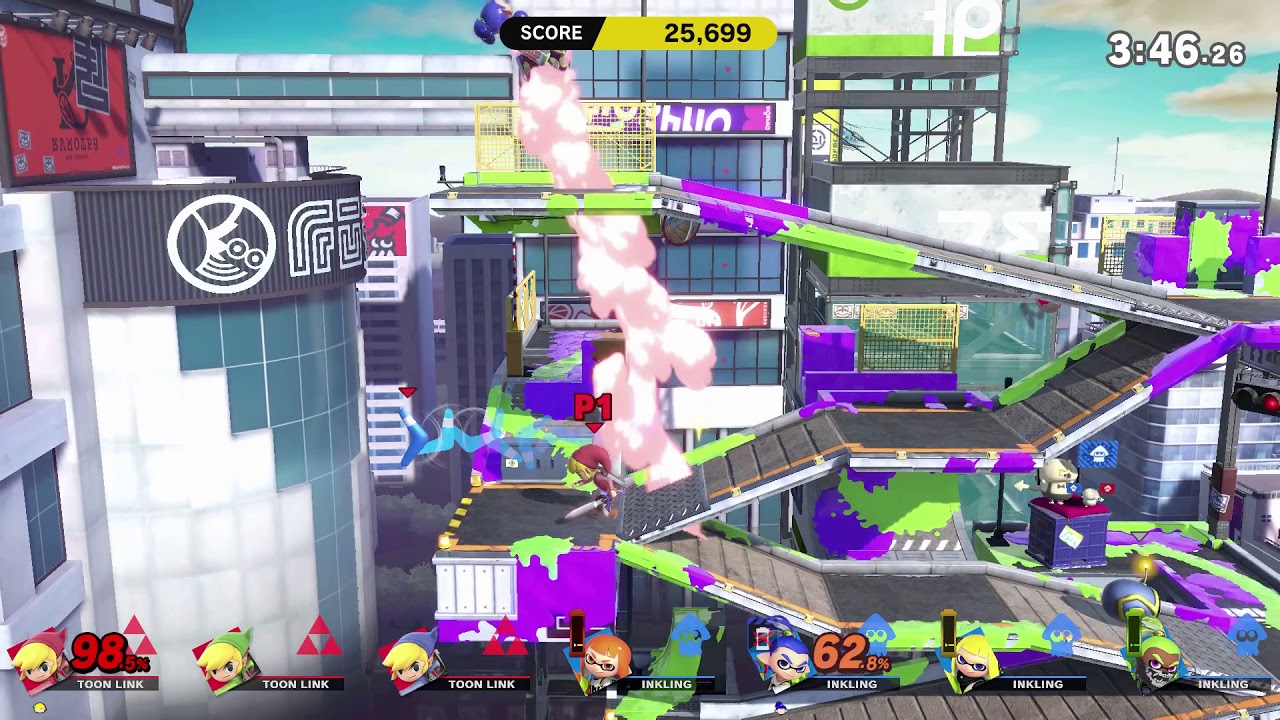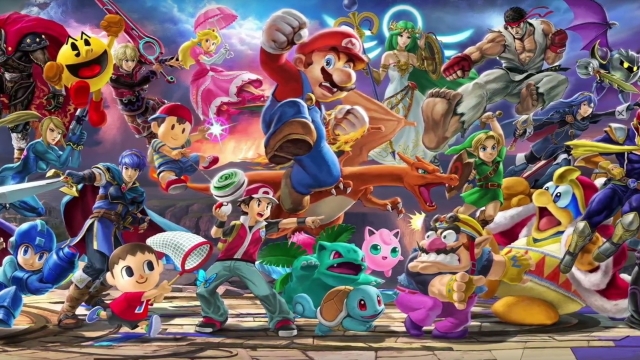Despite not having any cutscenes or a single spoken word, Super Smash Bros Ultimate‘s Classic Mode is chock full of interesting stories. These nonverbal tales are due to the carefully selected paths that each character goes out on. A lot of these stories are told in quite the subtle manner. In fact, it is entirely possible to miss out on them completely if you don’t have a knowledge of the character’s past or don’t catch the theme that Nintendo was going for. These are neat bonuses for players to discover by being observant rather than Easter eggs that are forced down the throats of fans.
Super Smash Bros. Ultimate Classic Mode – incredible themes

Luigi’s route is essentially a crossover-filled tease for the upcoming Luigi’s Mansion 3 as it focuses on Luigi facing off against some of his greatest fears. This doesn’t just include some terrifying villains, but also spooky alternate versions of characters such as Dark Toon Link. Fittingly, he winds up battling against Dracula in the final fight.
Bowser also has a fantastic theme to his route (which is called “The Red One. Every Red One!”) as it’s all about the Mario villain going up against opponents that don the same red color that his rival always sports. It starts off with Bowser going up against a handful of Mii Fighters all wearing red outfits and then moves onto more recognizable characters such as Street Fighter‘s Ken and Samus Aran from Metroid. In its final act, it winds up brilliantly subverting Classic Mode’s own expectations by making the boss fight (this time against the red dragon Rathalos from Monster Hunter) happen before the ultimate battle against Mario, who winds up transforming into Metal Mario after being defeated the first time.
Pikachu’s path is also a standout because it is a gigantic love letter to Pokémon. From the name of the route referencing the popular anime (it uses Ash Ketchum’s famous “I choose you!” catchphrase) to the fact that only Poké Balls appear as items, every single moment is all about Game Freak’s series. Appropriately, every fight until the boss battle is against other pocket monsters.
Super Smash Bros. Ultimate Classic Mode – new adventures

Other Super Smash Bros. Ultimate Classic Mode routes feel like they could almost be a new sequel for their respective games. Samus’ stage, which is appropriately called “Another Planet, Another Bounty,” has the bounty hunter going from level to level (each set on a different planet in the Metroid universe) battling different characters that resemble monsters. It feels like a believable path for a paid soldier to be going on, and it ends with the ultimate bounty: Master Hand himself.
Arguably my favorite, Toon Link’s route is one gigantic reference to the criminally underrated 3DS cooperative action adventure title The Legend of Zelda: Tri Force Heroes. As such, the green Link is teamed with two partners, wearing red and blue tunics respectively. Every match is a team contest rather than being one-on-one like most of the Classic Mode adventures. It might not feature the puzzle solving that fans expect from a Zelda game, but the ultimate boss fight against a giant Ganondorf is just as satisfying.
So many of these routes are based upon nostalgia, but none goes as heavily in that direction as Jigglypuff. Called “All Original, All 64,” it winds up being an incredible homage to the original Super Smash Bros. for Nintendo 64. Jigglypuff only battles characters from the original roster, and rather than facing off with a regular boss fight, the Pokémon goes up against a giant version of Donkey Kong, which was one of the unique battles in the N64 fighting game. The only way that this could have been better is if it brought back the classic “Board the Platforms” and “Break the Targets” minigames and had the player battling the Fighting Polygon Team.
The Super Smash Bros. Ultimate Classic Mode is a fantastic addition to the platform fighting game, and it’s a masterful example as to how game developers should use nostalgia to their advantage. By treating its source material with the utmost level of respect, Nintendo is able to tell subtle stories through stage selection rather than just randomly fighting different characters. It highlights how far the little touches can go in a major release and gives the fighting game an added layer of replayability.







